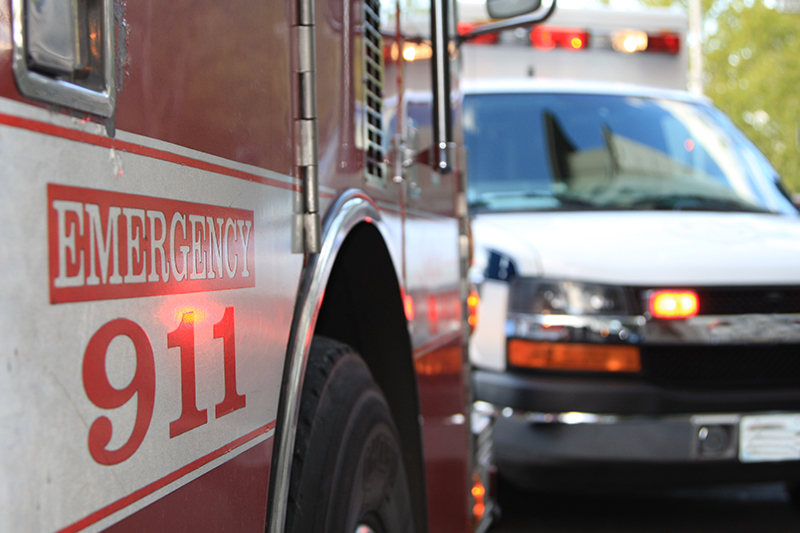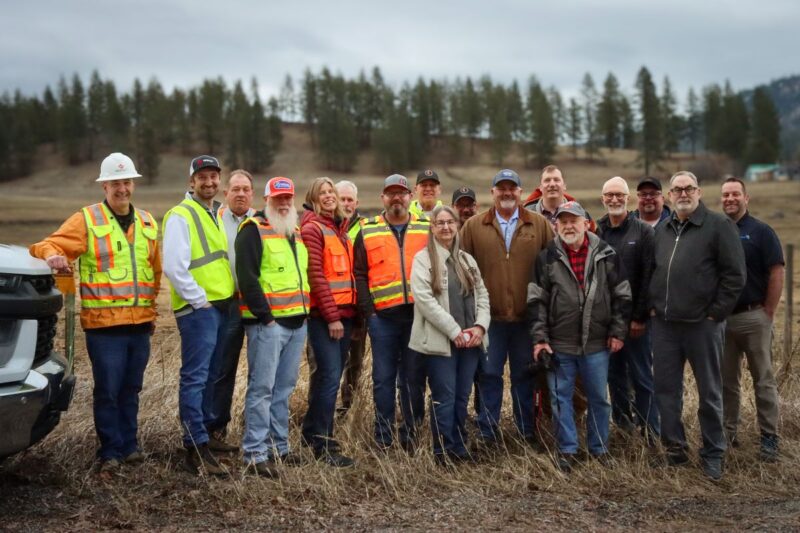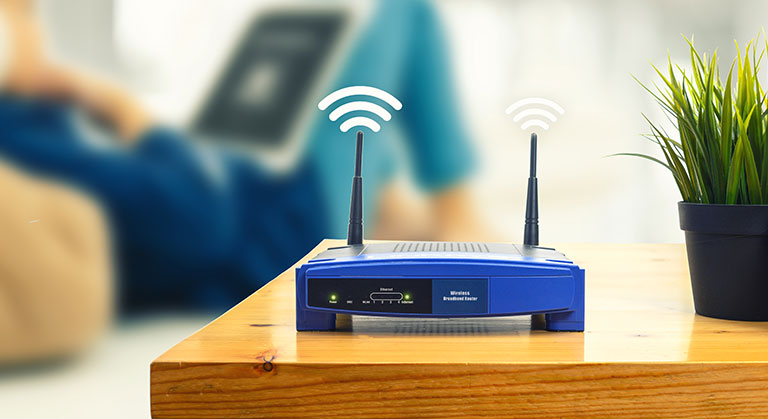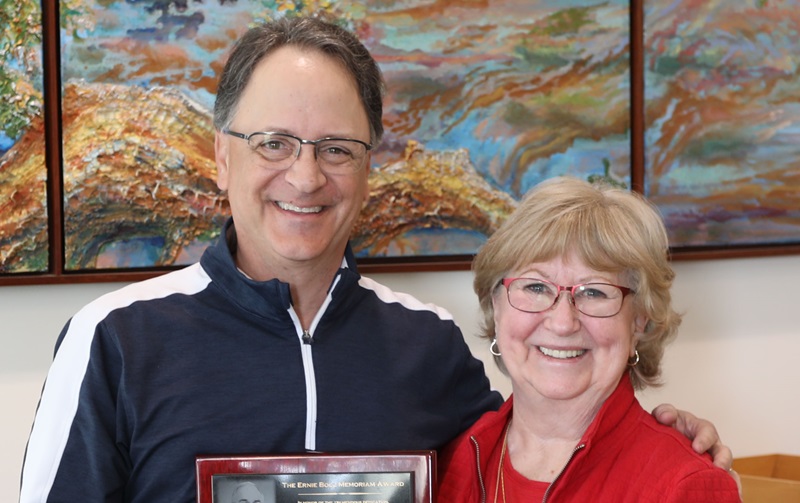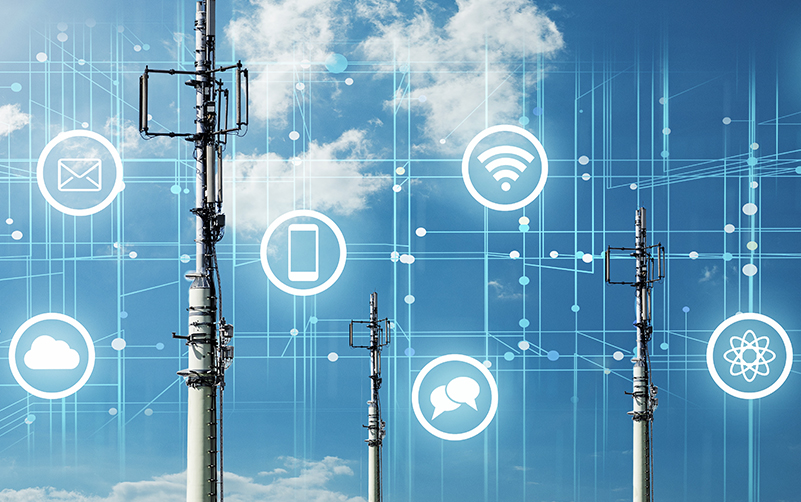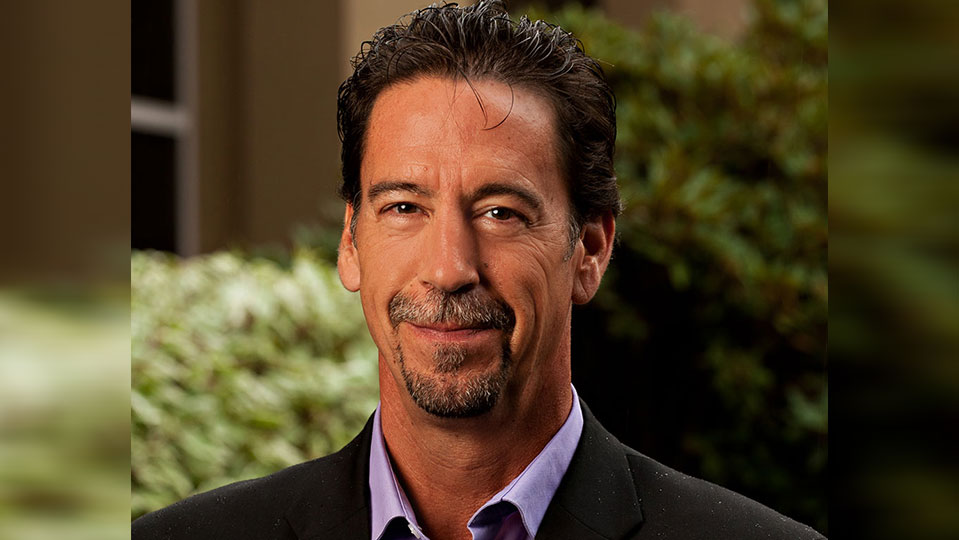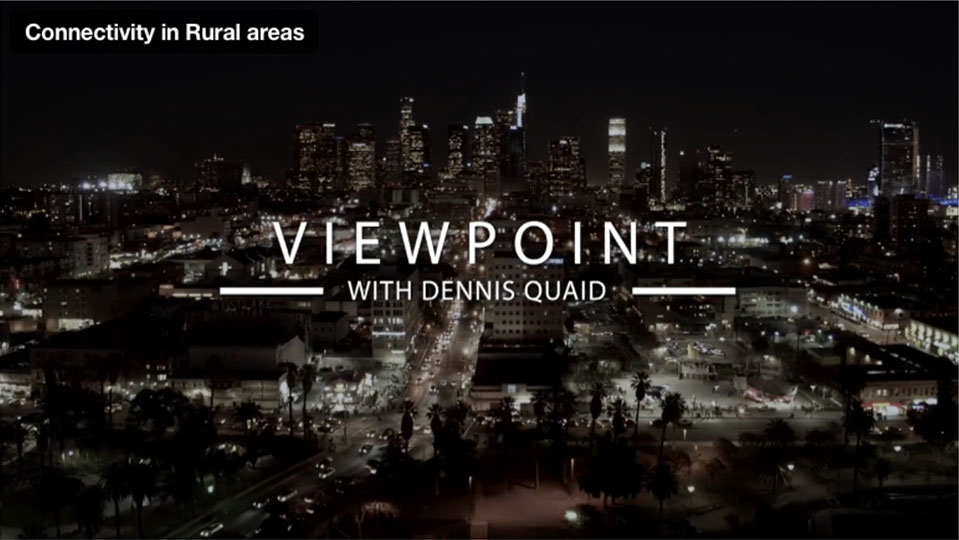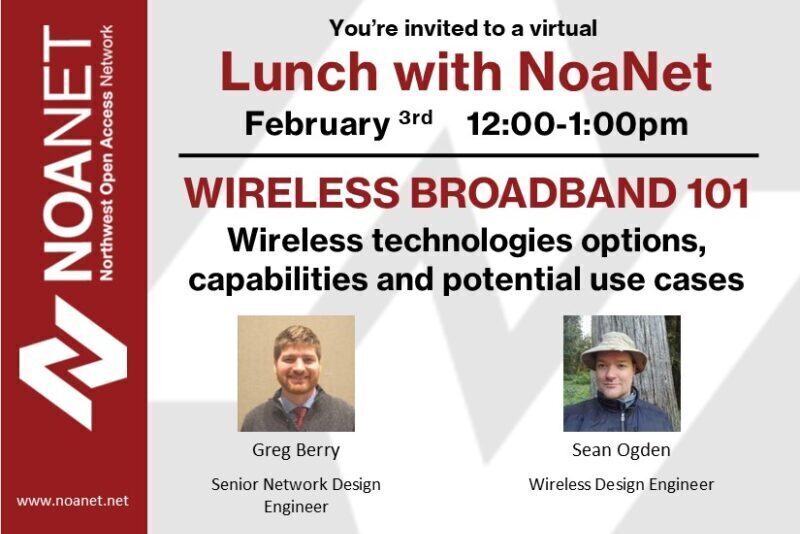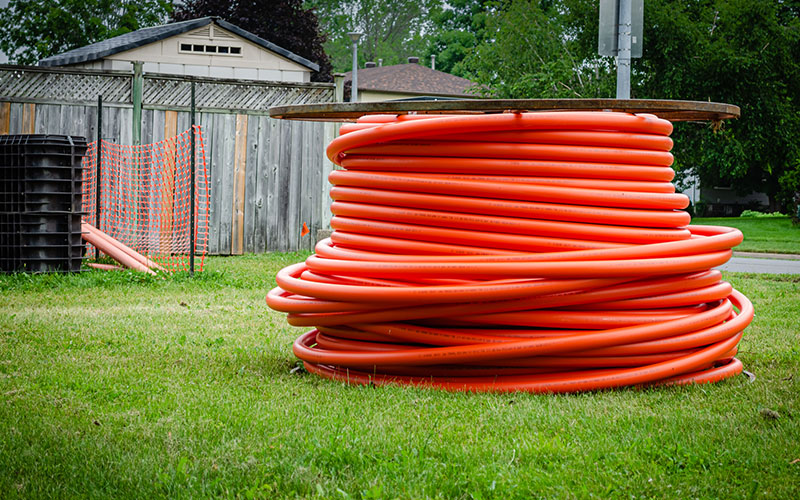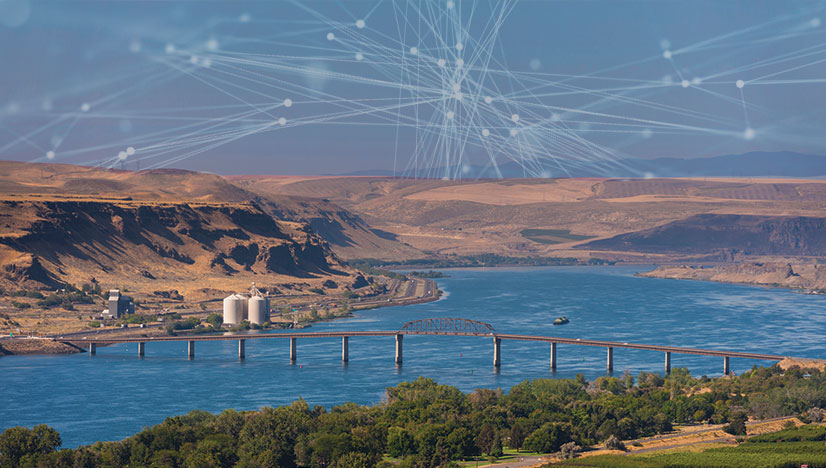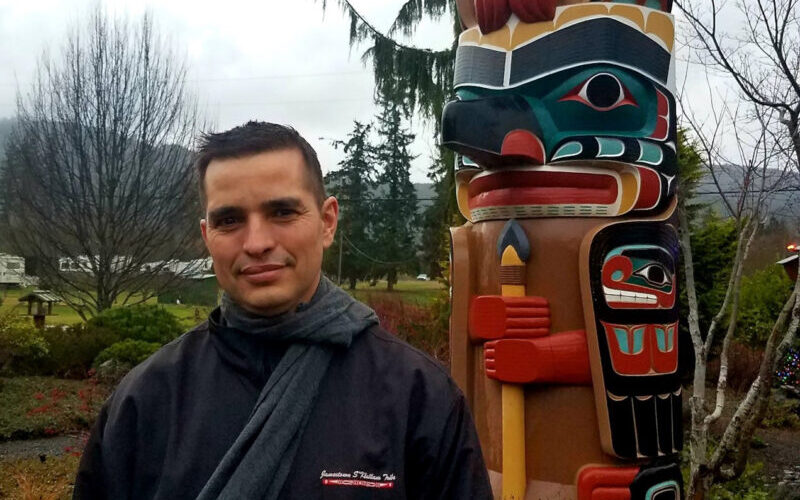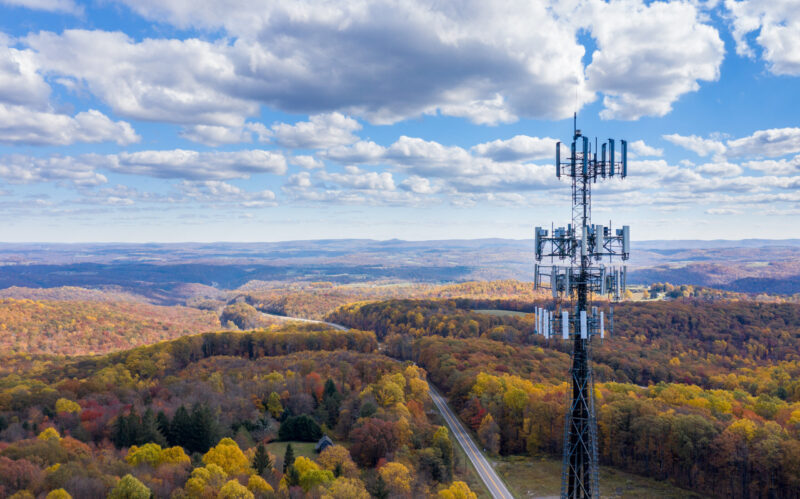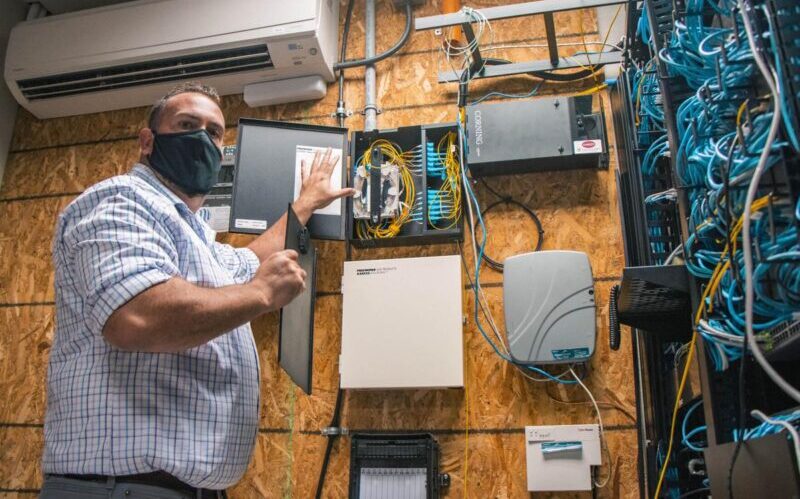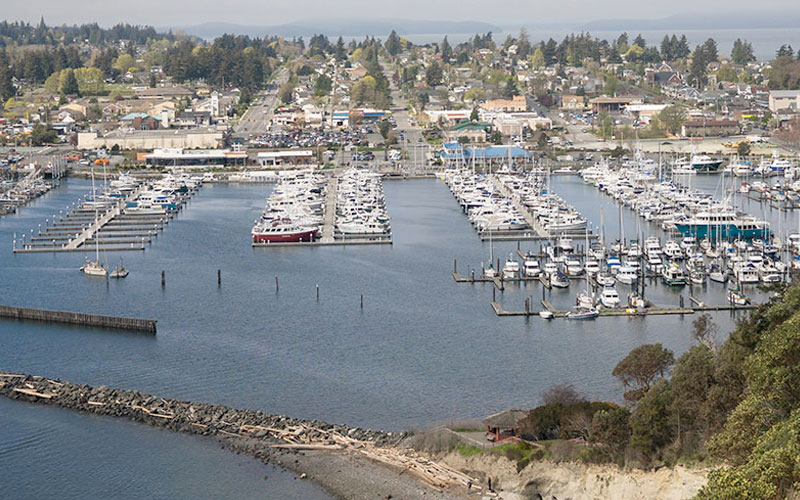While Washington State was navigating its way through the start of the COVID-19 pandemic in spring 2020, Washington State’s public safety industry was already well underway with an overhaul of its 911 system. Last year, Washington’s 911 system became 100% migrated to the NoaNet network to support next-generation communications with 911 public safety answering points (PSAPs). Because of this network upgrade, Washingtonians stand to benefit greatly in the event of an emergency.
Next-generation 911 (NG911) is a standards-based, Internet Protocol (IP) emergency communications infrastructure enabling voice and multimedia 911 communications. NG911 utilizes geographic information systems (GIS) to accurately route calls to public safety answering points (PSAPs). This system creates a robust and redundant infrastructure that has the ability to process all call types: voice, text, still images, video streaming and crash notification. NG911 also improves location accuracy that will allow emergency personnel to send help more quickly. County-by-county, rollouts have begun to support text-to-911 (and eventually, even video-streaming to 911).
Communication modes have diversified; our 911 system is following suit.
Consider that 137 million American adults live in mobile phone-exclusive homes (per the CDC National Center for Health Statistics); this also affects 48 million children who also live in mobile phone-only households. Communication styles have changed and 911 services are adapting well beyond the old wall-corded landline. We’ve become mobile, on-the-go, text and visual communicators. When emergency services are needed, PSAPs need to be able to receive the call with the same capabilities our citizens regularly use. Washington State’s public safety industry listened and has responded with NG911 capability.
Benefits to Washingtonians
NG911 differs from many current 911 systems. NG911 offers text-to-911, video streaming to and from first responders in the field, and other communication means not previously possible. It also more reliably leads emergency responders to the correct emergency location.
- NG911 brings communications flexibility to replace existing circuit-switched 911 networks, which carry only voice and limited data. Older networks cannot support text messages for emergencies, multimedia images and video. The same applies to telematics data, building plans and medical information.
- Potentially safer (and at times, more helpful) contact with Text-to 911 – There are instances when it’s unsafe to dial 911: domestic abuse, robbery or abduction. Being quiet and discreet can mean a life or death. In other circumstances, the caller may be audibly impaired or have a language barrier. Centers enabled with Text-to-911 make it possible for citizens to send pictures and video to 911 that aid dispatchers.
- Better prepared emergency responses with video streaming to/from field first responders. Livestreaming emergency events such as car wrecks or gunshot wounds can be done directly from your phone to emergency dispatch with NG911. Communication centers are then able to send that multimedia to first responders to provide a clearer context of the situation, and responders can arrive better prepared.
- Faster responses with rerouting/handoffs between different PSAPs – NG911 capabilities allow for data-heavy items like floor plans and other telematics data (long-distance transmission of computerized information) to be sent to command staff. Response times improve by quickly routing emergency calls during a large public event or natural disaster to the appropriate PSAP. Virtual PSAP routing boundaries can also be created around a given geographic area in catastrophic incidents to centralize help.
- More accurate location capability with GIS – A geographic information system (GIS) is a framework that provides the ability to capture and analyze spatial and geographic data. Commercial phone carriers used to be responsible for providing best-known locations of persons calling 911, using billing addresses or GPS chipsets within a mobile phone. For a Washington farmer working in the field (or a lost Mt. Rainier hiker), calling with an emergency, there’s potential for a misinformed location in the old 911 system. Location data is now provided through GPS technology and is the responsibility of PSAP GIS capabilities, which can now be managed through a cloud service provider.
Where are we now?
Launching a next-gen upgrade to current 911 systems takes time. Counties are adopting NG911 services at their own pace and not all counties have all NG911 services available.
Today, texting-to-911 is available in 26 of Washington’s 39 counties (or are currently testing it), including: Snohomish, King, Pierce, Thurston, Kitsap, Clallam, Jefferson, Grays Harbor, Pacific, Lewis, Wahkiakum, Cowlitz, Clark, Skamania, Yakima, Okanogan, Grant, Stevens, Spokane and Walla Walla counties; testing the service are Whatcom, Benton, Franklin, Adams, Whitman and Asotin counties. All 911 centers in Washington are currently working to upgrade their systems in order to accept Text-to-911. The State E911 Coordinator’s Office (SECO) is working with all counties to eventually provide the service statewide. Photos, videos and emojis cannot be sent to 911 at this time.
NoaNet’s Role in Washington State
Washington State’s transition to NG911 began in mid2017. NoaNet’s founding vision has not only been to develop and deploy high-capacity public benefit networks in Washington State, but to also continue to innovate for next-generation technologies. Supporting statewide NG911 services realizes that vision. The Washington Department of Emergency Management, which led this statewide initiative, hired Comtech Telecommunications Corp. which in turn engaged NoaNet to handle the ingress (incoming network calls) and egress (routed to the appropriate PSAP based on GIS location data to ensure timely response) of all WA 911 calls.
With an IP-based network ready to handle the myriad ways citizens can communicate in an emergency—and with more seamless ways for our emergency responders to share and organize information, the NG911 network poises Washington State to be a better, safer place for all.
Northwest Open Access Network (NoaNet) is a not-for-profit wholesale telecommunications mutual corporation that has been serving Washington State since 2000. As a mission-driven organization, NoaNet focuses on bringing world-class telecommunications technology to hard-to-reach communities which lack access to high-speed affordable broadband services.

